
Over the course of history, a multitude of impressive architectural wonders have been built worldwide. Ranging from sacred houses of worship to breathtaking bridges, railway stations, and complete historical towns, these structures have mesmerized observers throughout history. Sadly, many of these impressive architectural wonders have succumbed to the ravages of time and can now only be admired through photographs. While some lost architecture is due to public demand for demolition and development, much of it can also be due to war, natural disasters, or neglect.
Explore with us some of the most stellar examples of lost architecture from around the world.
Related: Stunning Architectural Masterpieces That No Longer Exist
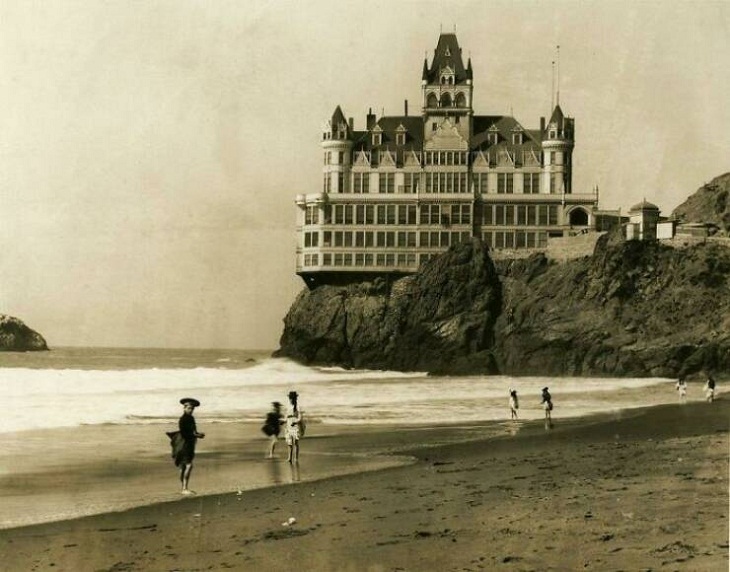
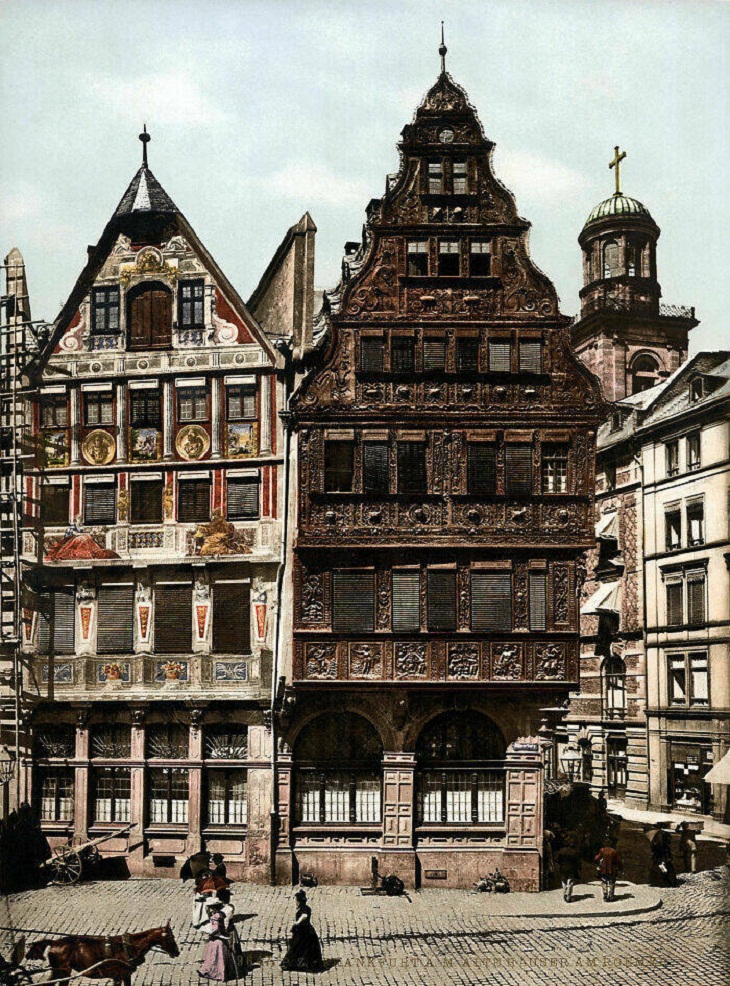



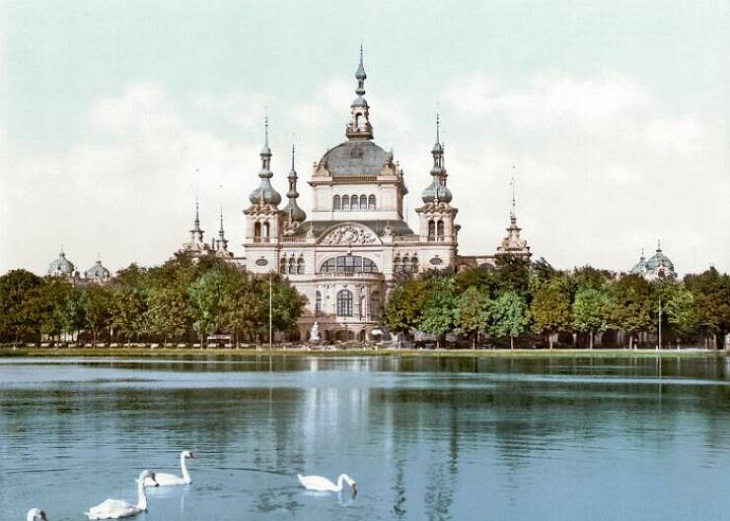


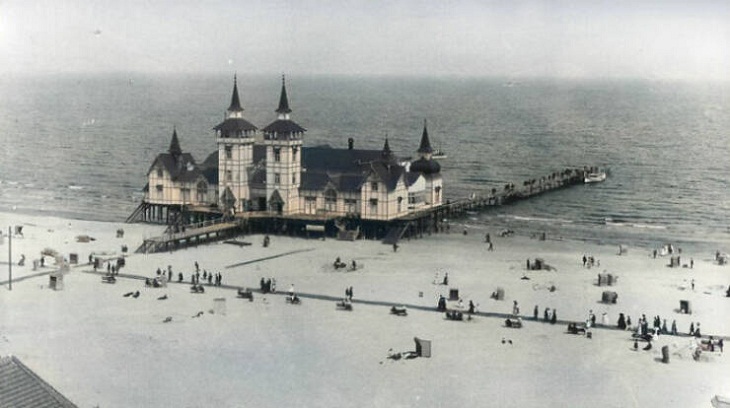
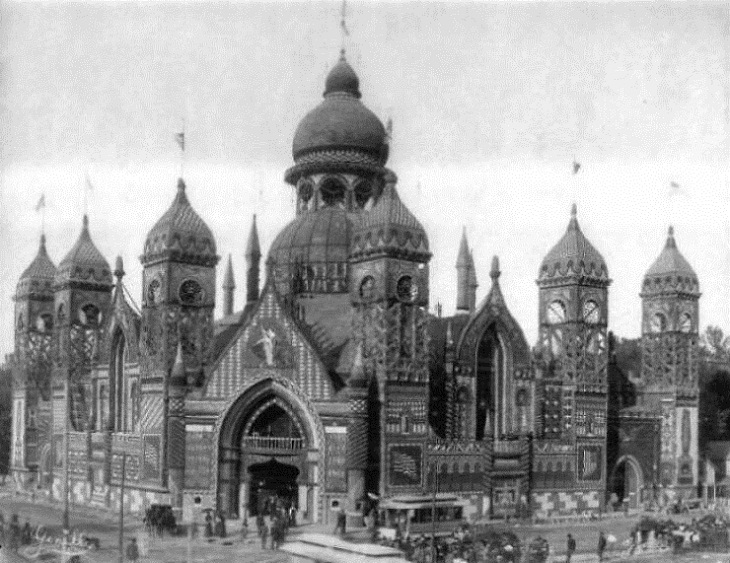
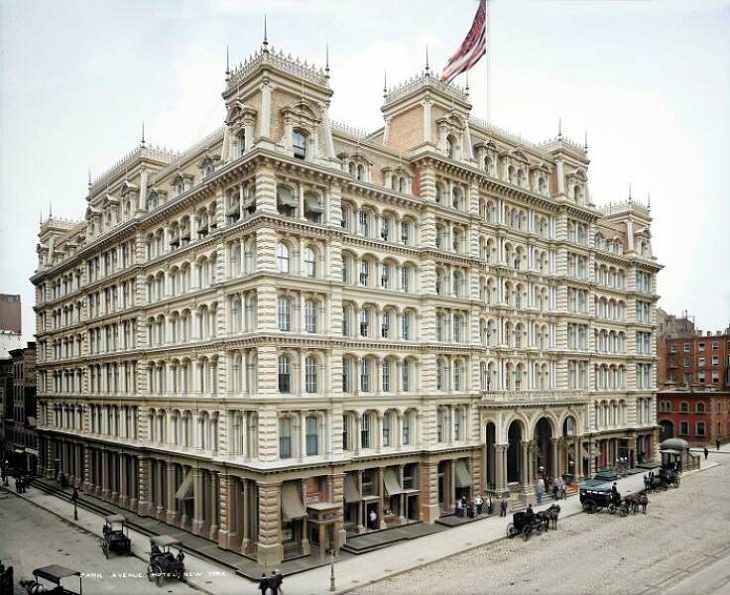


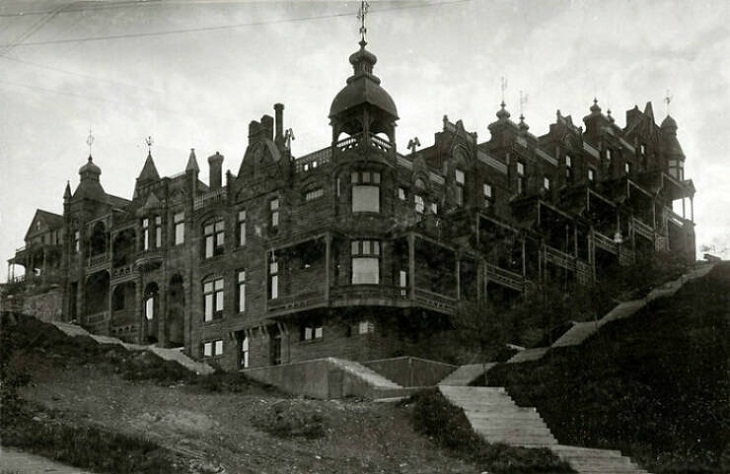
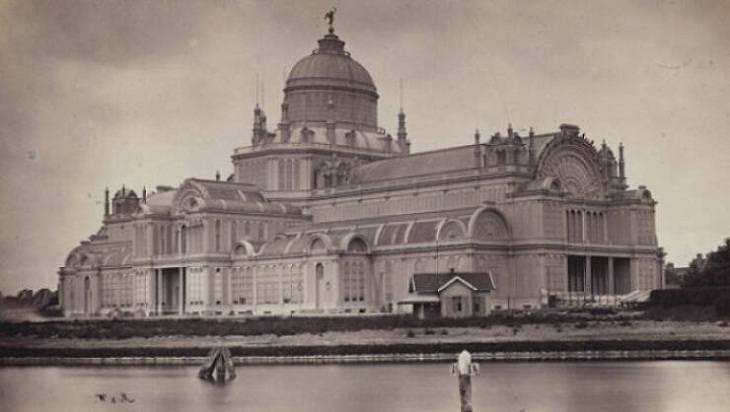
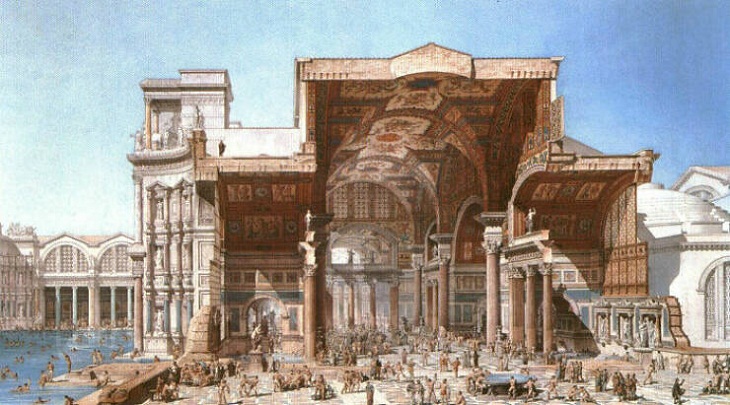

16 Surprisingly Strange Structures From Around the World
There are a lot of beautiful buildings in the world. Today, we look at some of the most unusual ones.

Ten Most Impressive Castles in the Far East
We're going to introduce you to 10 of the most fascinating and spectacular palaces built in East Asia, each with a captivating backstory.

14 Stunning Examples of Brutalist Architecture
These pictures perfectly capture the essence of brutalist architecture. Let’s check them out.

Our Planet Has Such Awe-Inspiring Architectural Wonders
Enjoy this collection of awe-inspiring architectural wonders of our world.

Extraordinary Buildings: 13 Stunning Architectural Marvels
Aren’t these buildings just fascinating?

Ancient Wonders of Archaeology & Architecture – 16 Pics
These fascinating things from the past continue to inspire wonder and awe.

The Most Dazzling Ancient Castles and Fortresses on Earth
Featured in this sizeable collection of articles are the most noteworthy castles, palace and fortresses in Europe and beyond
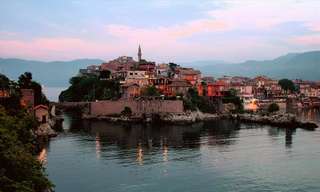
20 Reasons You Can't Say No to Visiting Turkey!
This magnificent country is full of breathtaking wonders - take a peek at these beautiful photos and be inspired!

11 Scenic American Lakes Absolutely Everyone Should See
Everyone ought to know about these magnificent American lakes that offer so much fun and countless beautiful views, we want to visit them all!

Hidden Pearls of Japan: 12 Gorgeous, Little-Known Sights
If you plan to visit Japan, consider visiting 12 of the most charming and peaceful Japanese villages and towns.
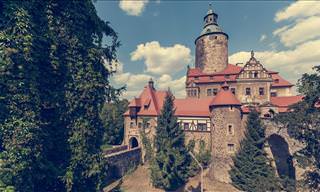
Poland's Castles Are Full of Medieval Mystery & Splendor
Poland, lying in the middle of Europe, has some of the most spectacular castles you've ever seen.

12 of the Most Unusual Border Crossings in the World
Borders are usually thought of as boring, dreary places, but that thinking definitely doesn't apply to these highly unusual border crossings around the world.

This Stunning Island Is Often Called the Eighth Continent
Madagascar is an island of outstanding beauty that's worth a visit. From stunning national parks, to picture-perfect beaches, here are its top 10 attractions.
 1:00:42
1:00:42
Take Yourself on an Hour's Travel to the Whimsical Alps
If you're not particularly fond of hiking but still enjoy a good mountain view, this video should be right up your alley.

Food Photographer of the Year: 16 Mouth-Watering Pics
Check out the yummiest pictures from the Food Photographer of the Year contest.
 2:23
2:23
You Better Move Your Shop, the Train is Coming.
This is pretty unbelievable, yet has become routine to these folks..

For Each US State, There is a Sight You Shouldn't Miss!
If you could only tell a visitor to do one thing in your state, what would it be? Did it make our list? This is the ultimate travel guide on things to do in each state.

9 Magical Scottish Towns We'd Love to Visit
If you are planning a trip to Scotland, here are 9 highly recommended towns to exploreץ

19 Unique & Traditional Ways of Life Around the World
19 unique cultures that managed to preserve their traditions in the 21st century. English photographer Jimmy Nelson travels the globe to meet these unique tribes and brings back incredible photos.

The 10 Oldest Gardens in the World One Can Still Visit...
This article showcases the 10 oldest gardens founded by humans centuries ago that still exist today and are well-preserved.
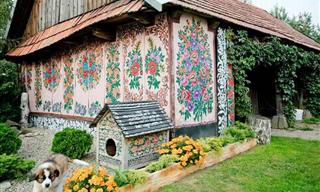
Zalipie: The Beautifully Painted Village of Flowers
The small village of Zalipie can be found at a remote area of South Poland. But to those who make the effort to get there the trip is well worth it, because this village contains quite the surprise between its walls...
 3:30
3:30
A Walk Through Israel and the Palestinian Territories
This visual adventure is sure to leave a lasting impression and deepen your understanding of this multifaceted and fascinating part of the world.
 4:25
4:25
Incredible Northern India Is Packed with Spectacular Sites
Filmed in high definition, this beautiful video will take you through some of the most spellbinding views of this land.
 4:49
4:49
This Archival Footage of Japan from 1913-1915 Is Amazing
Take a look at this incredibly rare archival footage of Tokyo, Japan, that gives us a glimpse of life there in the early 20th century.

These Are Simply the Most Stunning Bays in the Whole World
There are many spectacular bays around the world, but these are just the most beautiful of all. So here's the top 10, in all its glory. Enjoy!

Take a Virtual Trip to Australia With An Interactive Guide
Australia is an amazing country that leaves many of us in complete awe for a whole variety of reasons. Take an interactive tour of the country.
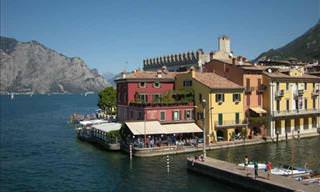
For the True Beauty of Italy, Look to the Small Towns...
Italy is blessed with so many beautiful cities, landscapes and places. Nowhere is it more evident than in these little picturesque towns, each more stunning than the next.

These Quotes Will Give You a New Perspective on Life
Some wonderful words about travel that can teach us all about life's great journey.

10 Stunning Wonders You Need to See Before They Disappear
The Earth is full of amazing places and wonderful species, but soon enough, we may not get the chance to see them ever again.

Visit 9 of the Most Unusual Towns in the World
A village of Dwarves? A city covered in trash? a whole town underground? These strange places will amaze you!
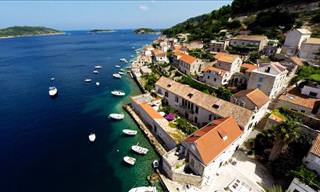
12 Amazing Croatian Islands That Beg to Be Visited
Discover 12 beautiful islands in Croatia that have what every tourist wants from a vacation.
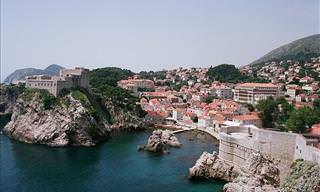
COLLECTION: The Incredible Beauty of Historical Europe
Discover this huge collection of articles dedicated to the beauty of historical architecture and unique places throughout Europe.

12 Gifts Mother Nature Gave the World...
12 incredible places that are hard to believe are real.

This Dutch Tulip Garden is the Most Magnificent on Earth...
Take an exclusive look at the most beautiful tulip garden on the planet - the world-famous Keukenhof - through 15 stunning photos

Fall in the Great Smoky Mountains is So Darn Beautiful...
This season is especially beautiful in the Smoky Mountains National Park...

15 Common Geography Facts That Are Actually Wrong!
Here are 15 common errors about the world that often leave geography teachers in tears...

The Mysterious Ajanta Caves are Full of Wonder...
The mysterious Ajanta Caves are full of incredible history and astonishing sights.

Why Are Countries Named the Way They Are? This Map Tells!
Have you ever wondered why the countries of the world are named the way they are, and what on Earth they might literally mean? Wonder no more...

Go On An Unforgettable Trip In the Southern Netherlands!
The Netherlands is one of the most popular destinations in Europe, get to know the country by taking an 8 day trip in the southern part of it with out guide.

These Gorgeous Colorized Postcards Are Over 100 Years Old
You might think that colored photos in the early 20th Century were unheard of, but Photocrom already existed. Take a look at these stunning colorized postcards.

Indonesia: Is This Asia's Most Beautiful Country?
Indonesia is the best place in Asia to visit - and here is the photographic evidence!

Take a Walk Along the Most Amazing Cliff Paths in the World
Come with us on a walk through some of the world's most spectacular cliff paths!
 7:27
7:27
Few Countries Compare to the Natural Beauty Chile Offers
Chile is absolutely stunning and this video proves it.

10 Beautiful Bays that Make Your Heart Sing!
The following 10 pictures show man and nature's relationship - how bays used to anchor ships only became the most beautiful places in the world.
 5:09
5:09
The Uncompromising Beauty of the Southern Pole...
In this video you can see the storm of color that is the Aurora Australis, streaking across the skies of the most southern point on our globe.

Britain Has Many Destinations That Prove its Sheer Beauty
There's a lot more to the United Kingdom than just London, as these amazing destinations will prove to you. Take a look at 14 traveler hotspots in the UK.

It's Hard to Believe These Hotels Really Exist!
Hotels can be much more than just a place to sleep, take a shower and change your clothes! Here are 18 unique and splendid hotels from around the globe.


